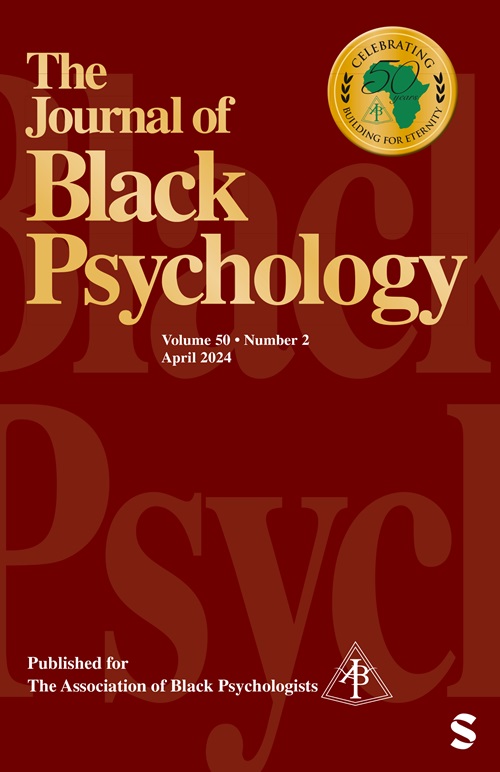基于2017年青少年风险行为调查的黑人青少年自杀意念和自杀企图的相关风险及保护因素
IF 2.2
3区 心理学
Q2 PSYCHOLOGY, MULTIDISCIPLINARY
引用次数: 1
摘要
本横断面研究的目的是调查黑人青少年中与自杀意念和自杀企图相关的风险(暴力和受害、抑郁症状、物质使用和肥胖)和保护因素(体育活动和学业成绩)。数据来自2017年青少年风险行为调查。分析样本包括658名14-18岁的青少年(51.8%为女性),他们自认为是黑人。采用多变量二元逻辑回归分析自杀意念和自杀企图的相关危险因素和保护因素。约16%的样本报告有自杀念头,9.1%的人在过去12个月内有过自杀企图。与自杀意念和自杀企图相关的因素包括在学校财产上携带武器和抑郁症状。体育活动(AOR = 0.28, 95% CI = 0.11-0.68)和较高的学习成绩对自杀企图有保护作用(AOR = 0.35, 95% CI = 0.17-0.71)。与黑人青少年一起工作的临床医生和学校辅导员可能想要询问当这些风险因素经历并加强确定的保护因素时自杀的情况。本文章由计算机程序翻译,如有差异,请以英文原文为准。
Risk and Protective Factors Associated with Suicidal Ideation and Suicide Attempts Among Black Adolescents Based on the 2017 Youth Risk Behavior Survey
The purpose of this cross-sectional study was to investigate risk (violence and victimization, symptoms of depression, substance use, and obesity) and protective factors (physical activity and academic performance) associated with suicidal ideation and suicide attempts among Black adolescents. Data were obtained from the 2017 Youth Risk Behavior Survey. The analytic sample consisted of 658 adolescents ages 14–18 years (51.8% female) who self-identified as Black. Multivariable binary logistic regression was conducted to examine risk and protective factors associated with suicidal ideation and suicide attempts. About 16% of the sample reported suicidal ideation, and 9.1% made a suicide attempt during the past 12 months. Factors associated with suicidal ideation and suicide attempts included weapon-carrying on school property and symptoms of depression. Physical activity ( AOR = 0.28, 95% CI = 0.11–0.68) and higher academic performance had protective effects on suicide attempts ( AOR = 0.35, 95% CI = 0.17–0.71). Clinicians and school counselors working with Black adolescents may want to inquire about suicide when these risk factors are experienced and strengthen the protective factors identified.
求助全文
通过发布文献求助,成功后即可免费获取论文全文。
去求助
来源期刊

Journal of Black Psychology
PSYCHOLOGY, MULTIDISCIPLINARY-
CiteScore
8.00
自引率
5.80%
发文量
22
期刊介绍:
The Journal of Black Psychology publishes scholarly contributions within the field of psychology toward the understanding of the experience and behavior of Black populations. This includes reports of empirical research and discussions of the current literature and of original theoretical analyses of data from research studies or programs. Therefore, the Journal publishes work in any of the areas of cognition, personality, social behavior, physiological functioning, child development, education, and clinical application, in addition to empirical research and original theoretical formulations outside traditional boundaries, all integrated by a focus on the domain of Black populations and the objective of scholarly contributions.
 求助内容:
求助内容: 应助结果提醒方式:
应助结果提醒方式:


